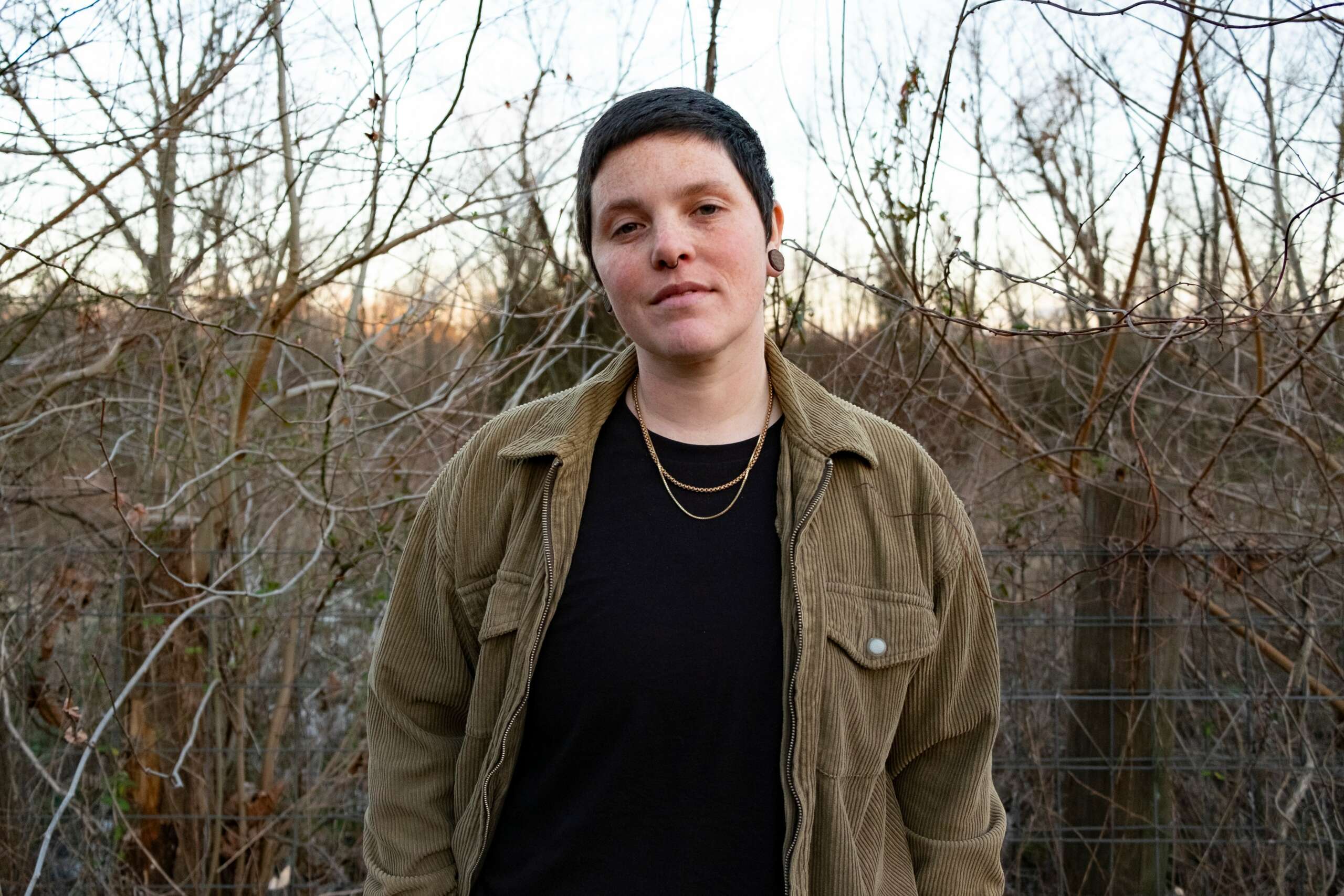We recently connected with Chelsea Witt and have shared our conversation below.
Chelsea , appreciate you joining us today. Can you open up about a risk you’ve taken – what it was like taking that risk, why you took the risk and how it turned out?
As a young kid I dreamed of being a surgeon. My grandma called me Dr. Witt from the time I was 10 years old. I started shadowing surgeons who would let a kid come in, joined a magnet program in high school for future health professionals, and earned an EMT certificate before graduating high school. When entering college, my advisor was showing me the typical path for undergrads wanting to apply for medical school and I remember I just kept asking about art classes and making sure I could fit them in to my schedule. After lots of questions about how I can take all of the art I wanted and science I needed, the advisor threw out the idea of me getting an art degree while still taking the pre-recs needed for medical school. 18 credits a semester plus summer classes I was on my way to both degrees.
Moving into my Sophmore year I took a sculpture class that got me into a wood-shop. I was hooked. Slowly over the next 2 years my interest in medical school seemed further from my brain than it used to be and I was spending every moment I could creating and learning the tools. Upon graduation I felt a bit lost and uncertain of my next steps. Medical School was the “smart” choice, it’s what I had always wanted. Something else though was inside of me- something that brought me the same excitement that the thought of surgery once did- it just was in the form of an artistic expression. I ended up writing the only wood artist I knew asking for advice and if I could talk to him about his career. He offered me an apprenticeship and I decided to take the risk. To let my old dreams go and follow this new path I was on. Although over the years I’ve thought some “what ifs” none of it is because I wish I had chosen the doctor path. I am exactly where I am today because of that risk and has allowed me to trust myself to take more risks as a creator and educator.
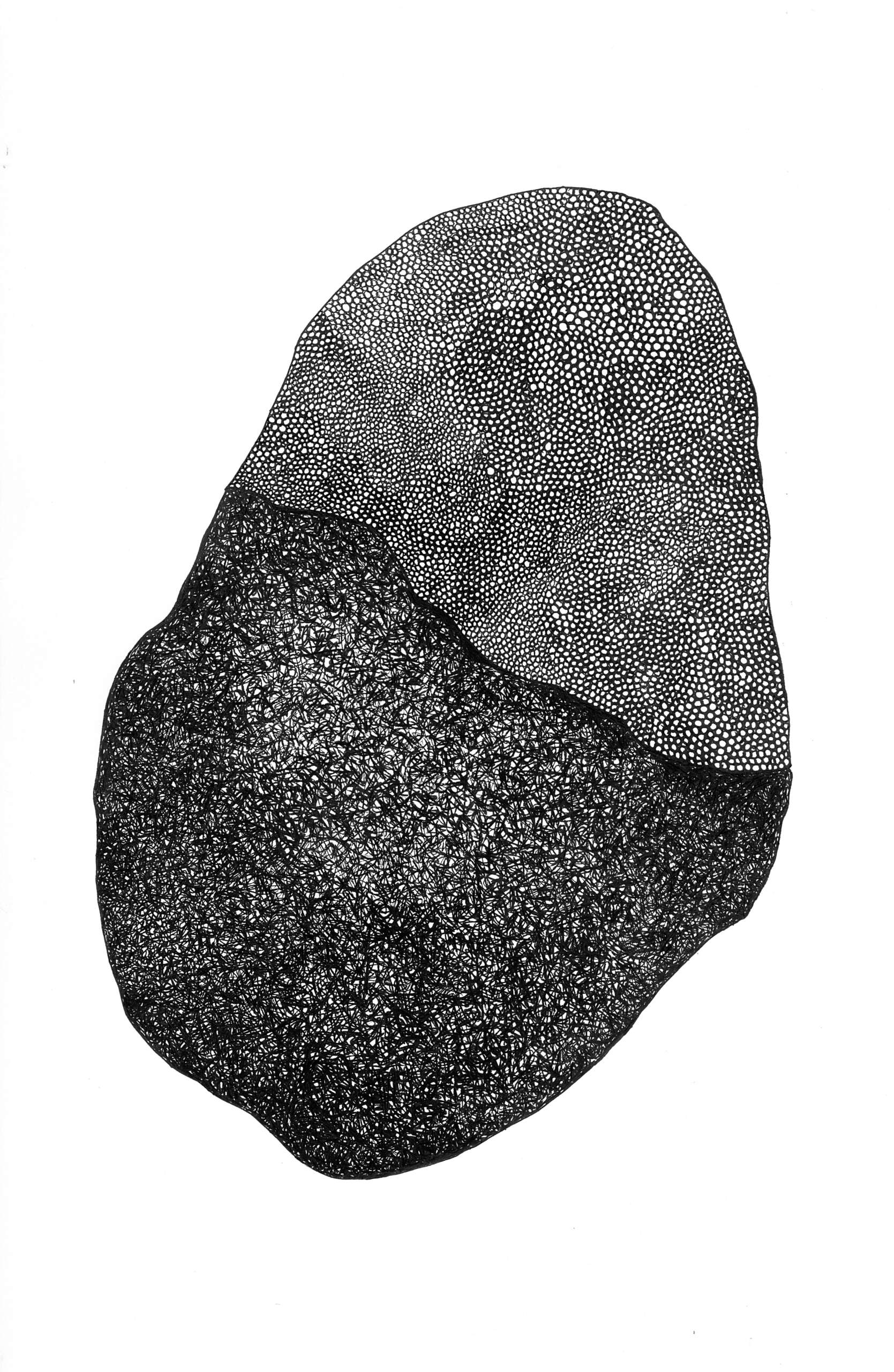
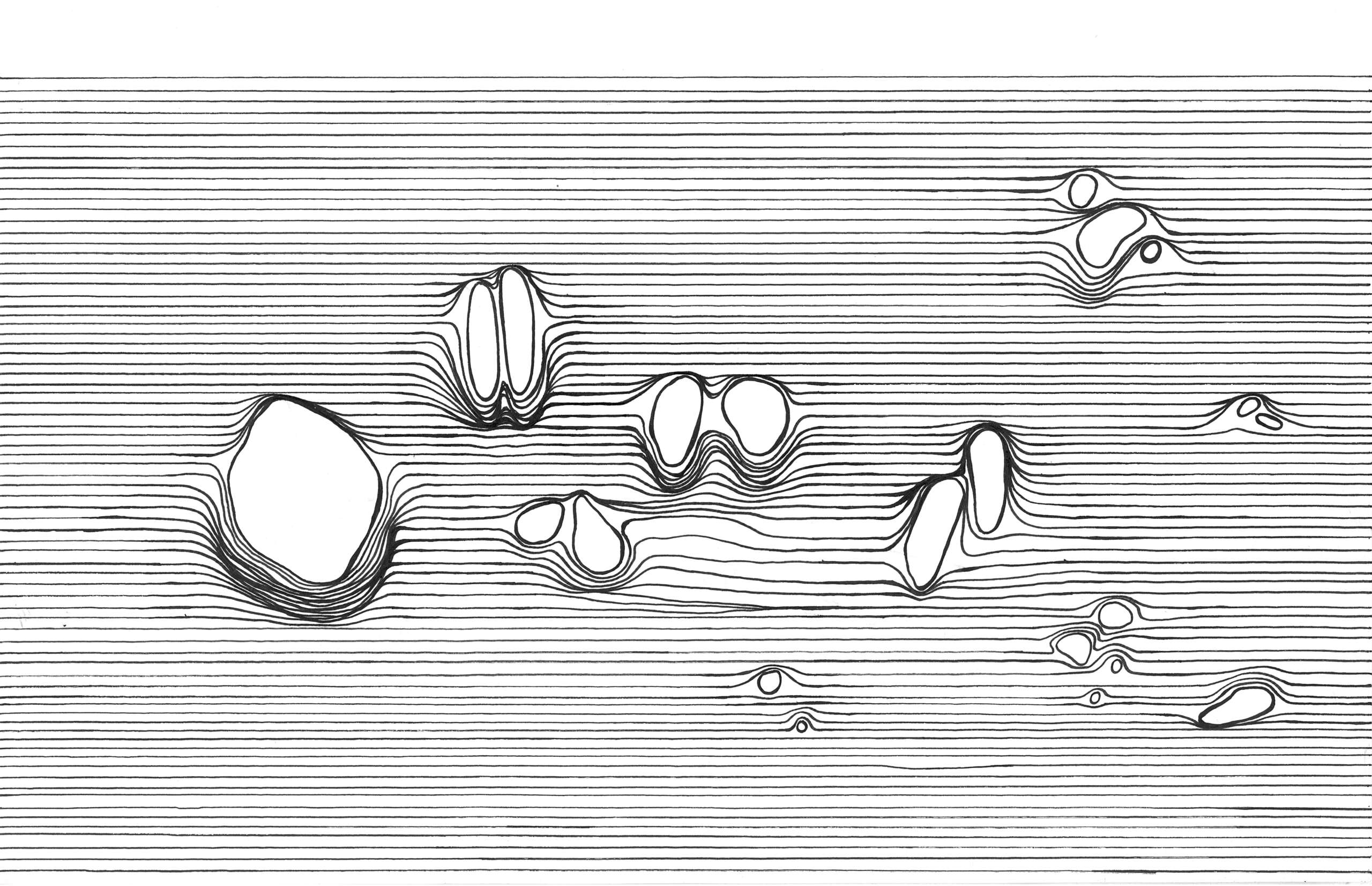
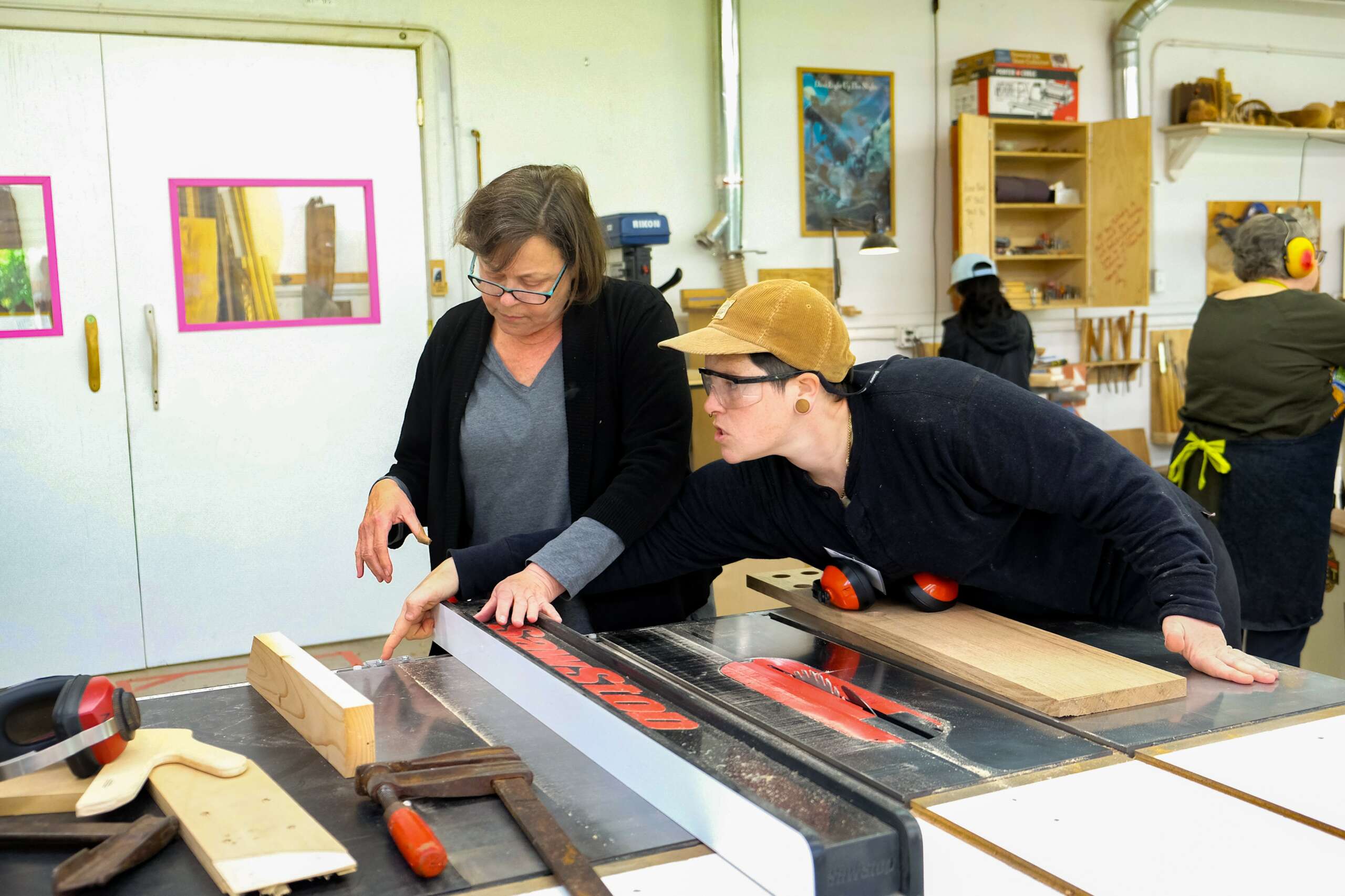
As always, we appreciate you sharing your insights and we’ve got a few more questions for you, but before we get to all of that can you take a minute to introduce yourself and give our readers some of your back background and context?
My name is Chelsea Witt. I’m an artist, woodworker, and educator. I split my time between making, teaching and volunteer work for organizations such as The Chair Makers Toolbox and The Furniture Society. As an artist, my 2d work came first- I started with ink on paper and used it more as a meditative processes than a body of work to share with the world. A sculpture course in college pushed my creative ventures into the 3d world and I started caring a lot about process, technique, and how other’s could be interactive in the process. Selling sculpture seemed hard as I floundered to figure out what was next for me and thats when I discovered furniture. It felt like the perfect marriage between making and the participation from others.
Over the years my illustration work and furniture have evolved and intersected in beautiful ways. I now utilize ink in my 3 dimensional pieces, I make prints from carved wood, and the rudimentary shapes and repetitive patterns find their way into both mediums. Both my drawings and furniture serve as a reflection into the intricacies or human emotion and hardships. It is an invitation to engage with the inner self and to acknowledge and embrace the complexity of our emotional journeys and experiences.
I love making and a huge part of that for me is the community that craft has brought me too. Through the struggles along my own journey as an artist, I have found a passion for teaching and facilitating spaces for others. The woodworking field has predominantly been dominated by cis gendered white men with a history of gatekeeping information and resources. I have had the privilege to be given so much knowledge and had generous teachers in my past and I strive to give that away asa much as possible and in safe ways to those that are seeking it. Doing art by yourself is one thing, but getting to create art and have a like community around that is beyond.
I hope that through the work that I create and also the educational spaces that I provide that I can inspire introspection, empathy and a deeper connection to the differences within the human experience.
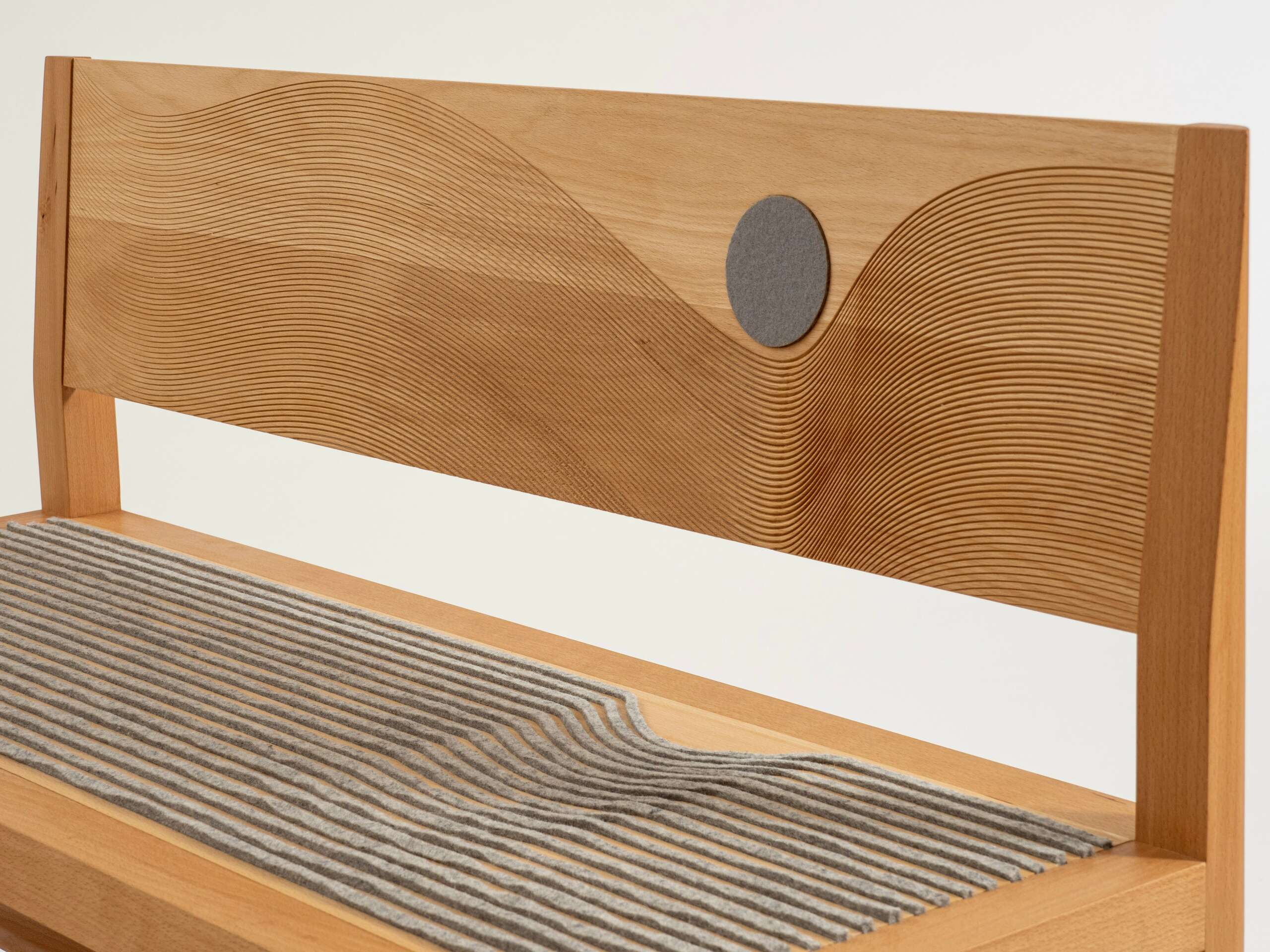
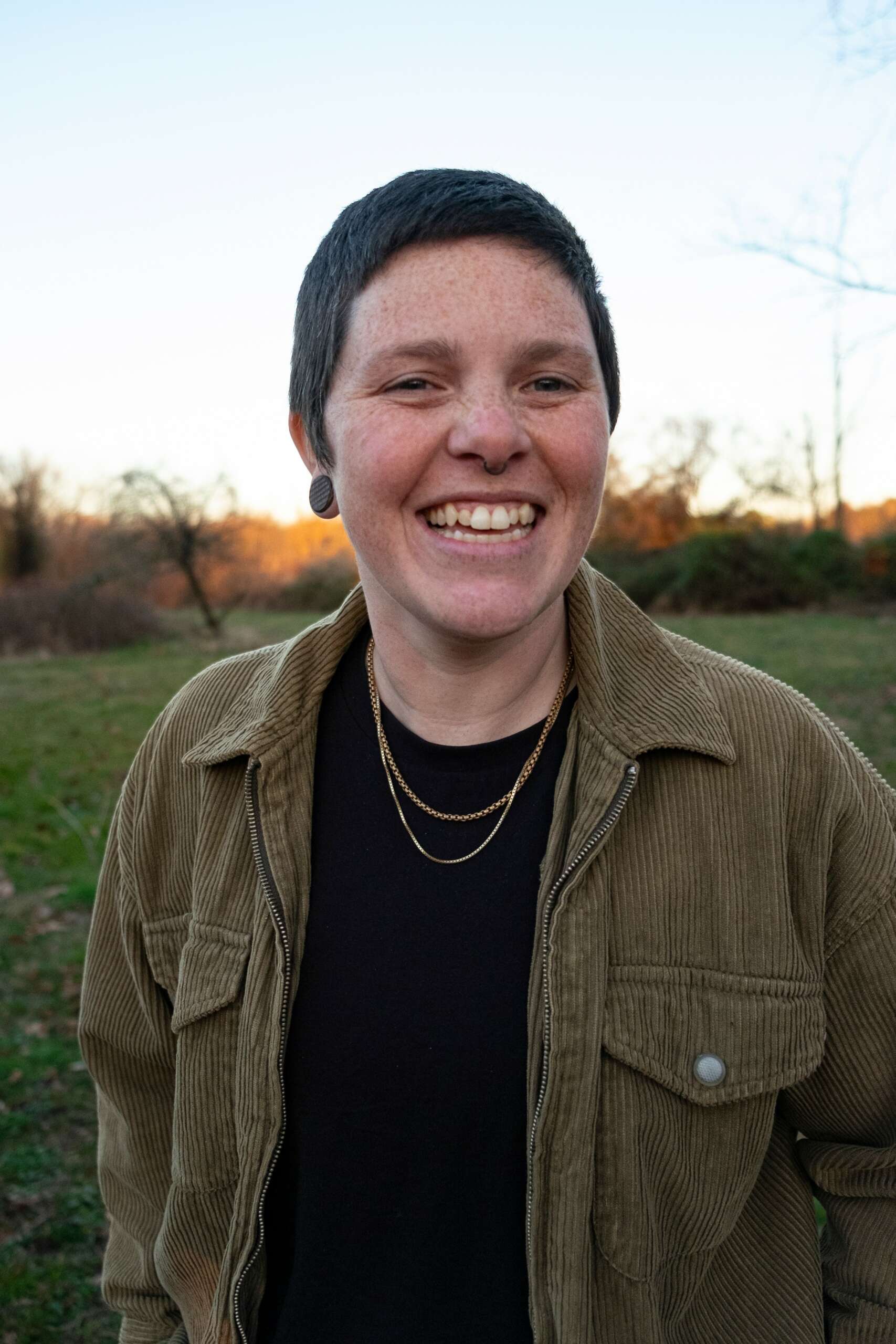
Looking back, are there any resources you wish you knew about earlier in your creative journey?
Craft Schools.
I wish that I had known about these “summer camp” like environments for adults that foster growth and learning earlier in there art field. Most offer scholarships to try and offset the cost of such an experience and I believe its been well worth my time. Bringing in artists of all kinds to teach their techniques and expertise while providing a space for artists of different mediums to commingle for a week-2 weeks at a time learning and growing from one another has made a huge difference in my work. I have also met some of my greatest mentors, friends and had my biggest questions answered in these vulnerable spaces.
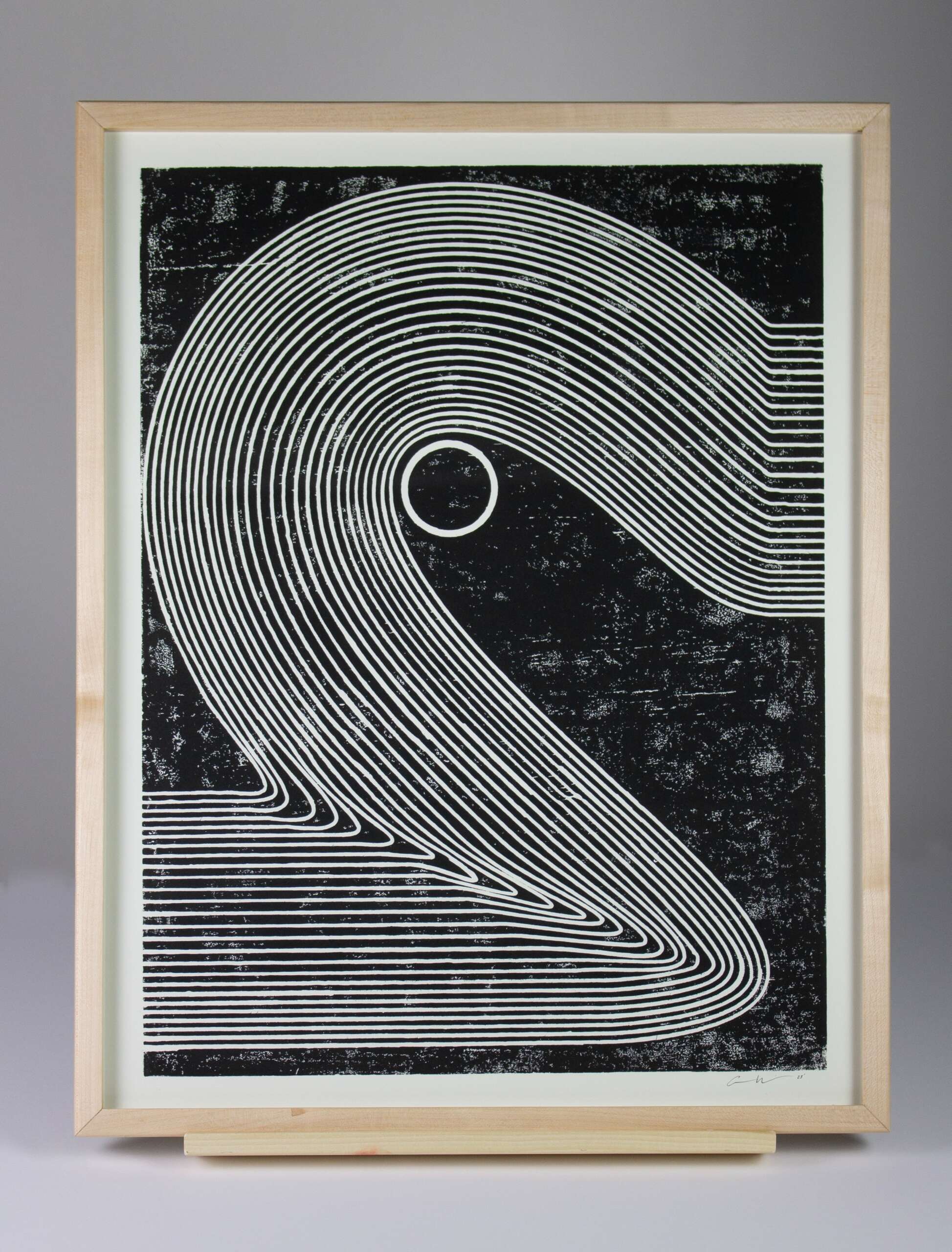
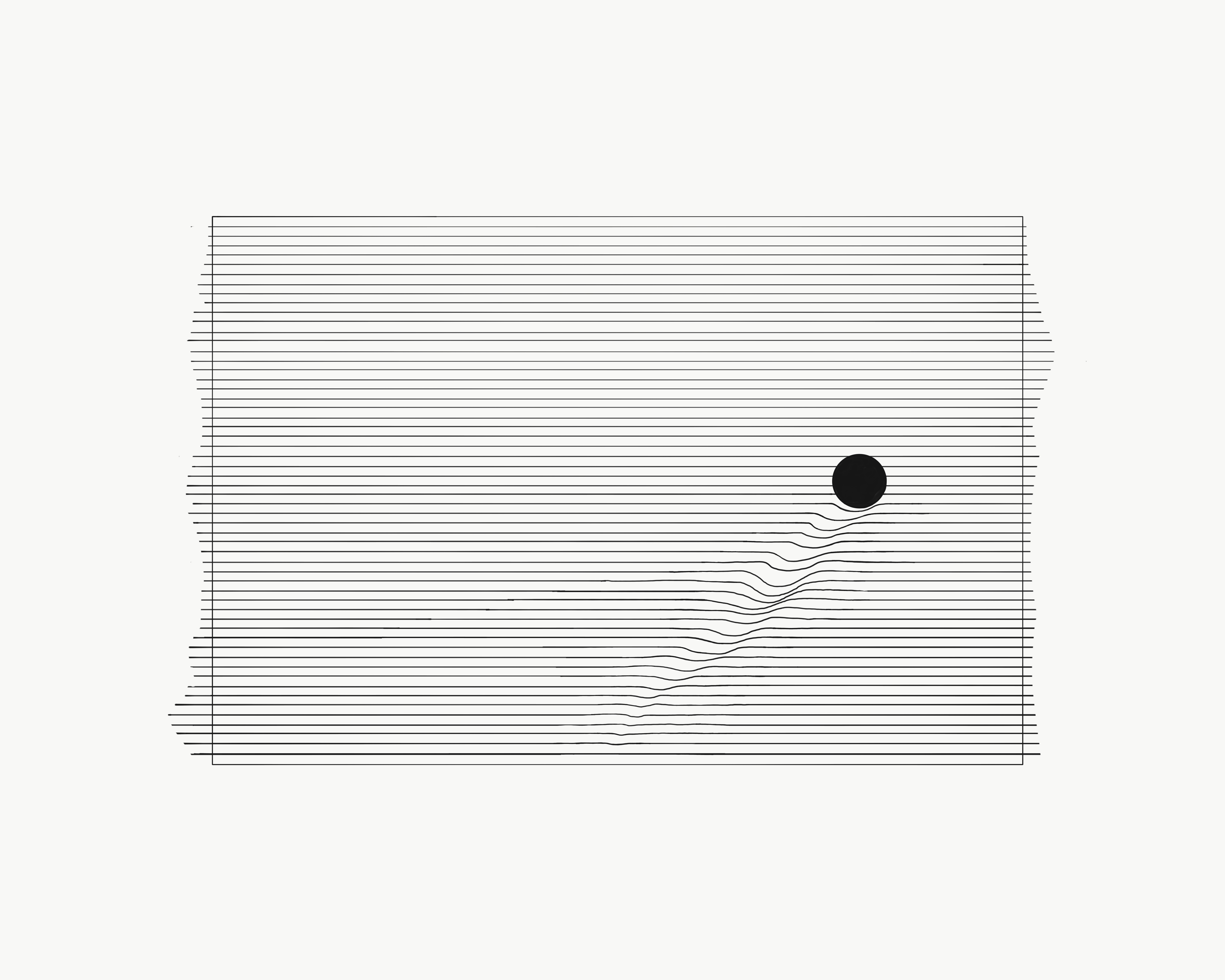
Learning and unlearning are both critical parts of growth – can you share a story of a time when you had to unlearn a lesson?
That I need to know everything to be good at what I do.
I have worked for/amongst artists and business in the past that created an environment of feeling as though you weren’t talented enough if you didn’t know or couldn’t figure out how to do something. The ego is a wall thats hard to get over especially when you’re in a field that sometimes glorifies it. Making art is incredibly personal, and most of the time is shared outwardly to others. It creates an internal battle of perfection inside of me that is magnified by the idea that to be good at what I do I should know how to do it all. In the past few years I have been teaching along side mentors of mine. The feeling of needing to know it all still creeps up as I try and fill those “big shoes”. I try and make it a point to bring out the vulnerability part of woodworking to my students. I tell them when I don’t know something, when we need to figure something out together or point out when I’ve made a mistake. It has taken years of having the right people around me to unravel this notion of perfection and ego and knowing that I can be good at what I do and still not know how to do it all.
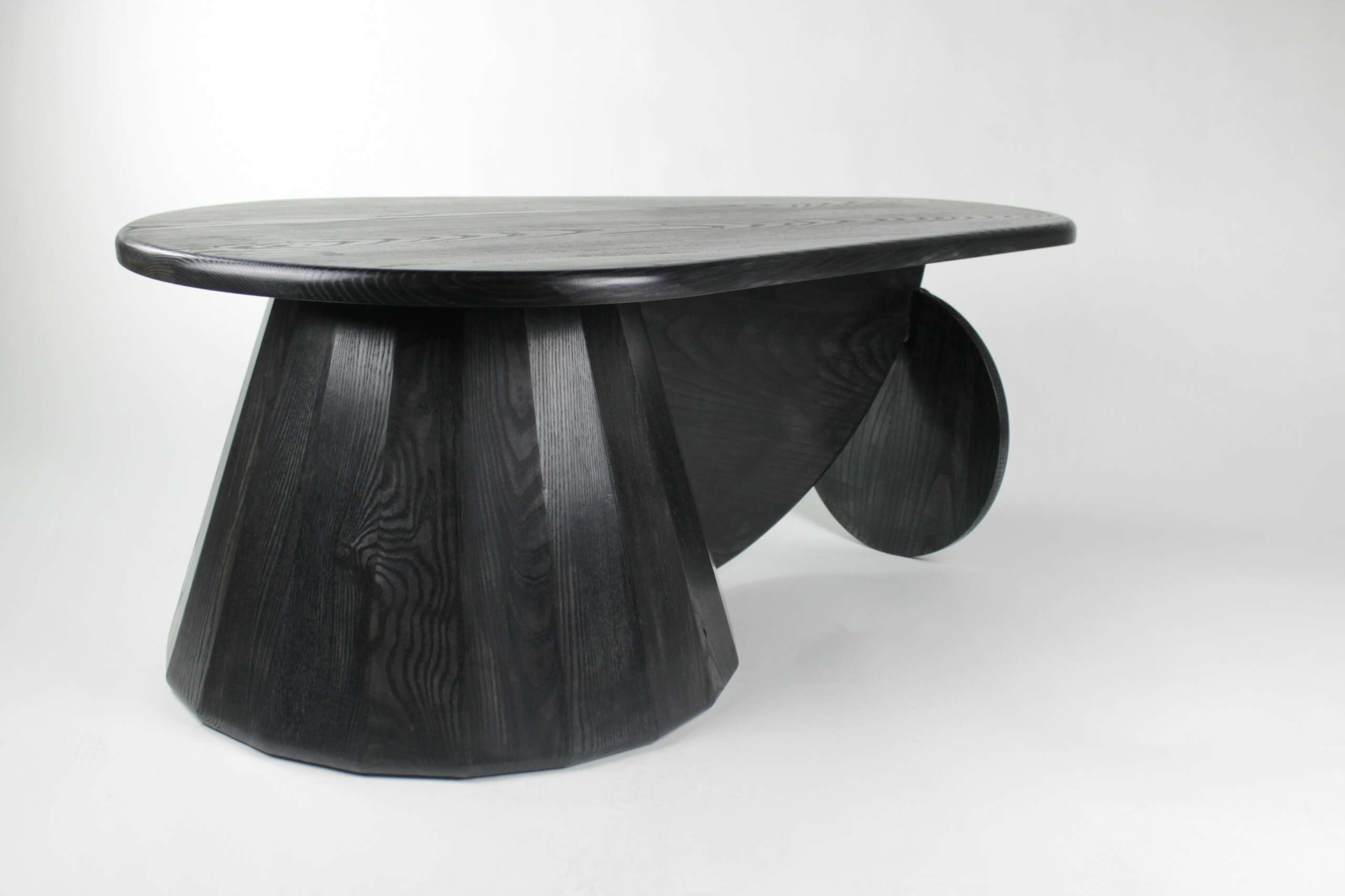
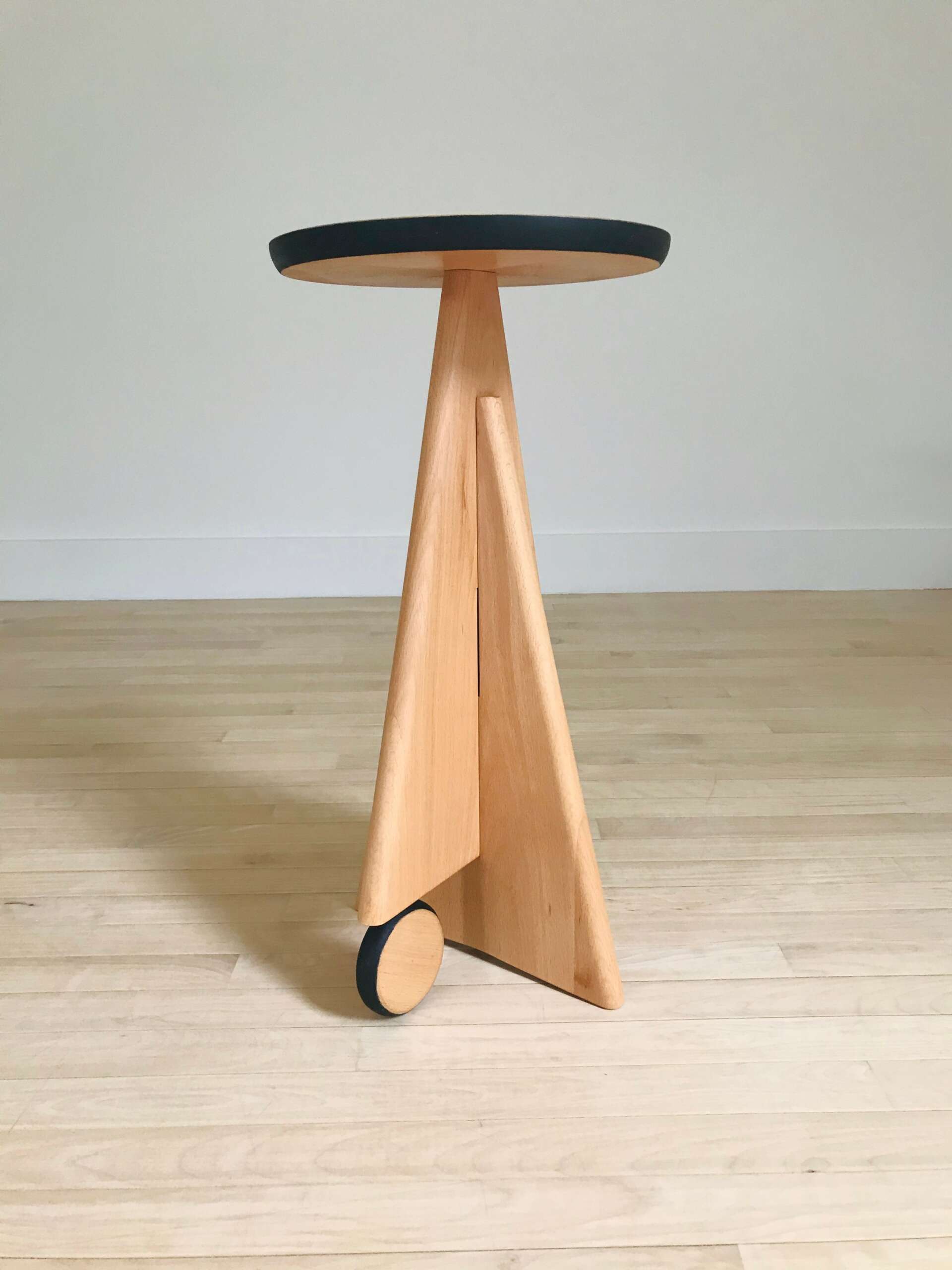
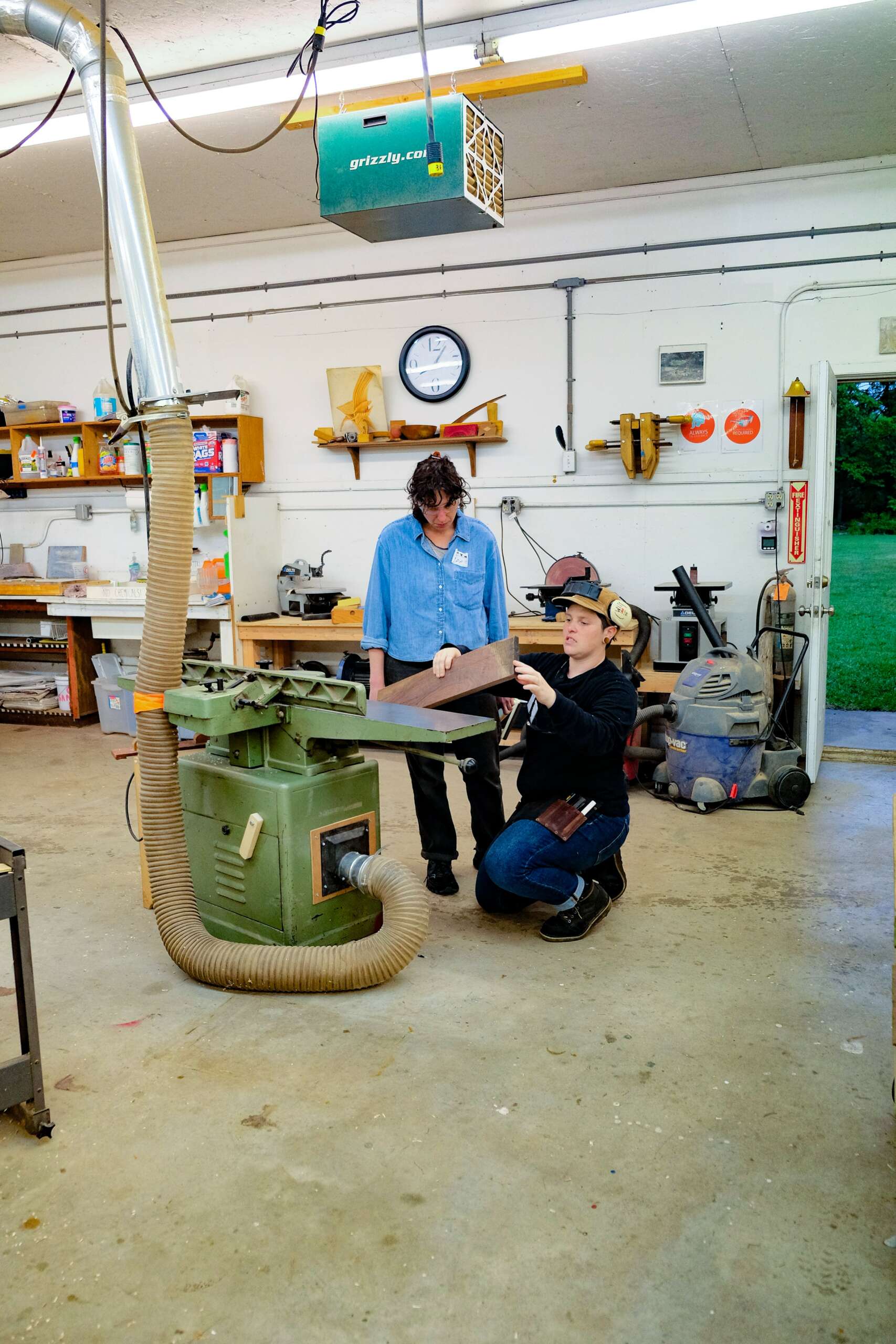
Contact Info:
- Website: https://www.chelseacarinawitt.com
- Instagram: https://www.instagram.com/littleforestswontdo/
- Linkedin: https://www.linkedin.com/in/chelseawitt/
Image Credits
Jacklyn Grad, Mark Juliana, Ailsa Moriuchi


